While the charm of pasta lies in its versatility, not all pasta types and sauces are meant to be together in culinary matrimony. The art of pairing the perfect pasta with the right sauce is a time-honored tradition, and understanding why not all combinations work is essential to creating a dish that sings with flavor and harmony.
Pasta, in its myriad shapes and forms, is a canvas for flavors, textures, and culinary creativity. The astonishing variety of pasta, ranging from delicate angel hair to robust rigatoni, has been crafted to serve specific culinary purposes. Each shape boasts its unique characteristics, influencing not only how it feels in the mouth but also how it interacts with sauces.
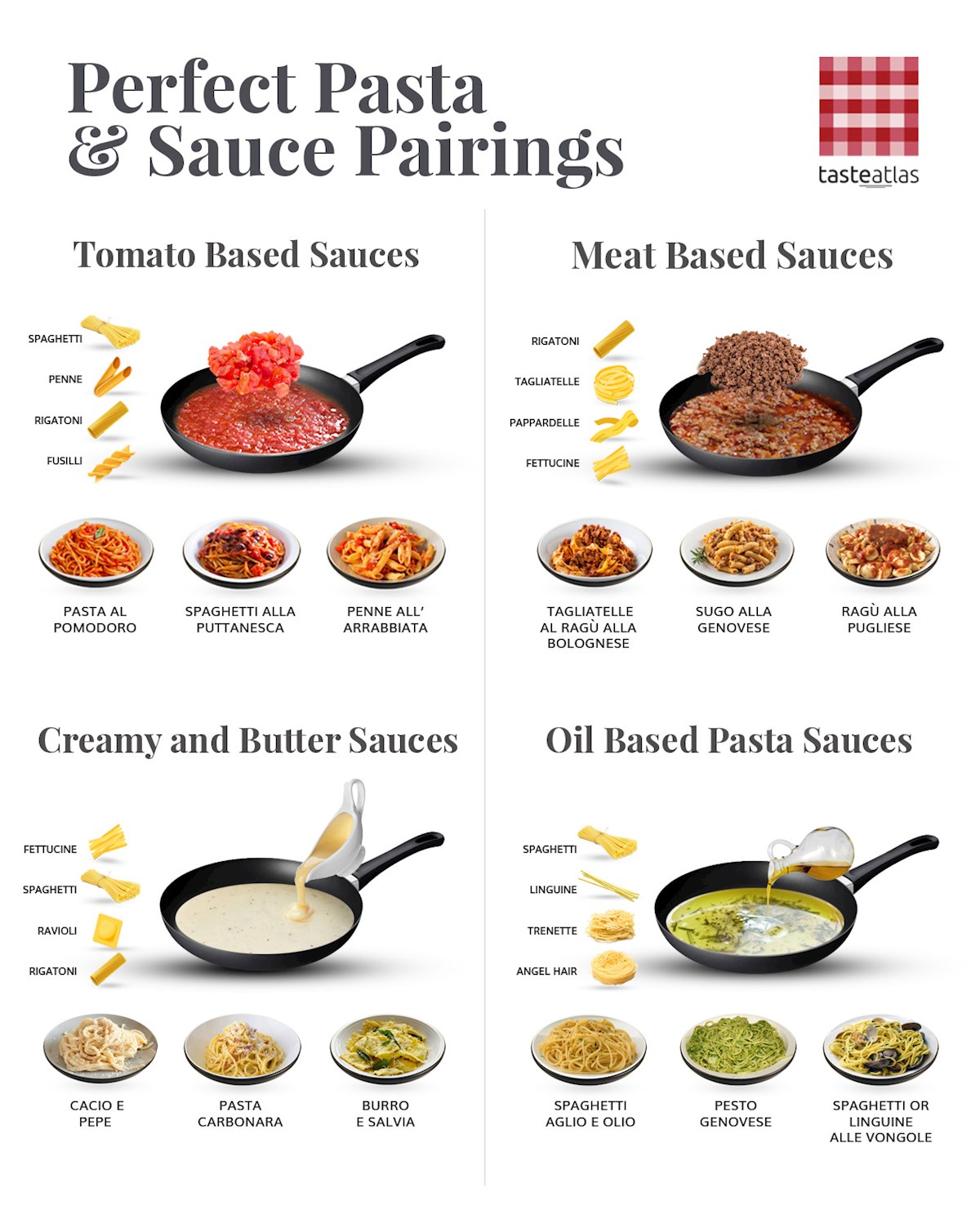
Why Diverse Pasta Shapes Demand Thoughtful Sauce Selection
Consider, for instance, the elegant angel hair pasta, known for its fine, delicate strands. Its thin profile lends itself well to light, delicate sauces. However, pair it with a thick, hearty ragù, and the result is a dish that lacks balance. The angel hair's daintiness is overpowered, and the sauce does not cling as intended. Conversely, a pasta like rigatoni, with its robust ridges and hollow core, is the perfect vessel for hearty, chunky sauces. The nooks and crannies of rigatoni trap and cradle the sauce, creating a harmonious marriage of flavor and texture. Attempt to match rigatoni with a delicate sauce, and the robustness of the pasta overshadows the subtlety of the sauce.
The importance of this pairing process cannot be overstated. It is the difference between a culinary masterpiece and a mediocre meal. When the right pasta and sauce are combined, the marriage of flavors, textures, and aromas transcends the sum of its parts. The pasta acts as a conduit, carrying the essence of the sauce to your taste buds, allowing you to savor each element individually while appreciating the harmonious whole.
Sauce adherence is another critical factor in the pasta-sauce pairing equation. Some pasta shapes are designed to cling to sauce, ensuring that every bite is a flavorful adventure. Take penne, for instance, with its cylindrical shape and ridges. It's engineered to trap sauce, ensuring that every mouthful is generously coated. On the other hand, delicate, flat pasta like pappardelle may struggle to hold onto sauce, resulting in a dish where the sauce pools at the bottom of the plate rather than marrying with the pasta. Proper pairing guarantees that the sauce adheres, turning every forkful into a flavor-packed experience.
Beyond texture and adherence, there's the matter of flavor absorption. Pasta, as a porous canvas, can soak up the flavors of the sauce with which it's paired. A tomato-based sauce, simmered with herbs and spices, can infuse the pasta with a burst of Mediterranean zest. Creamy sauces, enriched with butter and Parmesan, can lend pasta a luxurious, velvety richness. But this alchemy of flavor absorption only occurs when the right pasta is selected. Attempt to match a subtle, nuanced sauce with an overpowering pasta, and the delicate flavors may be drowned out.
The journey behind achieving that perfect bite is nuanced and complex. It's not just about combining ingredients but understanding their individual characteristics and how they complement each other. But how can you determine the ideal pairing? Fortunately, we've compiled a concise guide to assist you in matching different sauces with the ideal pasta shape, ensuring the utmost satisfaction with each and every meal.
Tomato - Based Pasta Sauces
 Credits: Shutterstock
Credits: Shutterstock
Tomato sauces, often bursting with acidity and bright flavors, can range from smooth purées to chunky preparations, often seasoned with a mix of herbs and spices.
Ideal Pasta Partners: Spaghetti is a universal favorite; its long and slender shape ensures an even sauce coating. Penne and rigatoni, with their tubular structure, are fantastic for heartier tomato sauces. The spiral shape of fusilli works wonders with tomato-based sauces as it captures and holds onto the sauce.
 Credits: TasteAtlas
Credits: TasteAtlas
Popular Dishes:
Spaghetti al pomodoro is a traditional Italian dish that's usually made with a combination of spaghetti, fresh tomatoes, basil, salt, olive oil, and onions or garlic. Spaghetti's long, slender shape and smooth texture complement the smoothness of pomodoro sauce. The sauce adheres beautifully to the pasta strands, ensuring that each strand is coated evenly and delivering a consistent burst of tomato flavor.
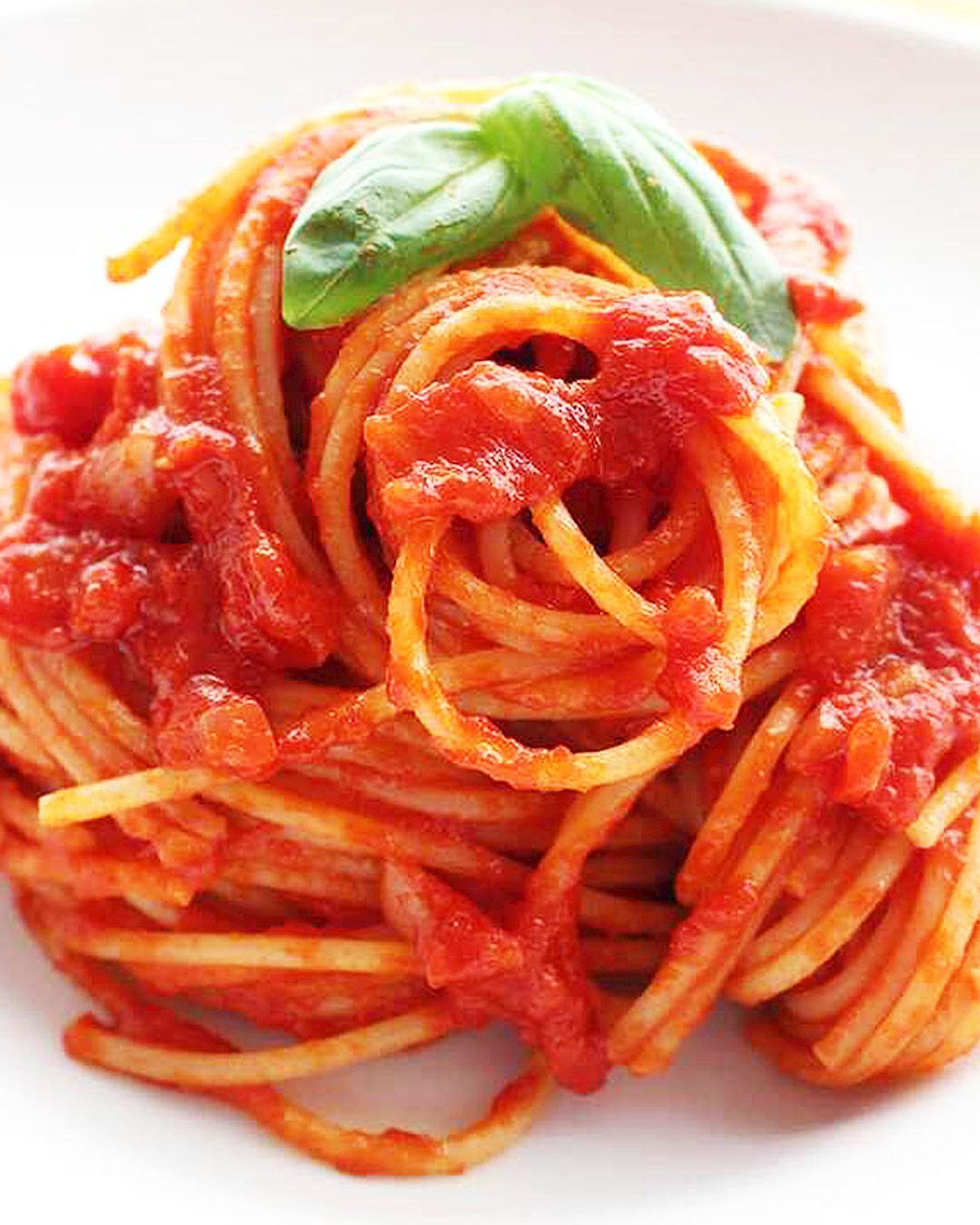 Credits: Kotokoto Pasta
Credits: Kotokoto Pasta
Another classic of Roman cuisine, penne all’arrabbiata is a pasta dish prepared with a fiery hot sauce made with tomatoes, olive oil, garlic, and red chili peppers. In the absence of penne, rigatoni can also be used.
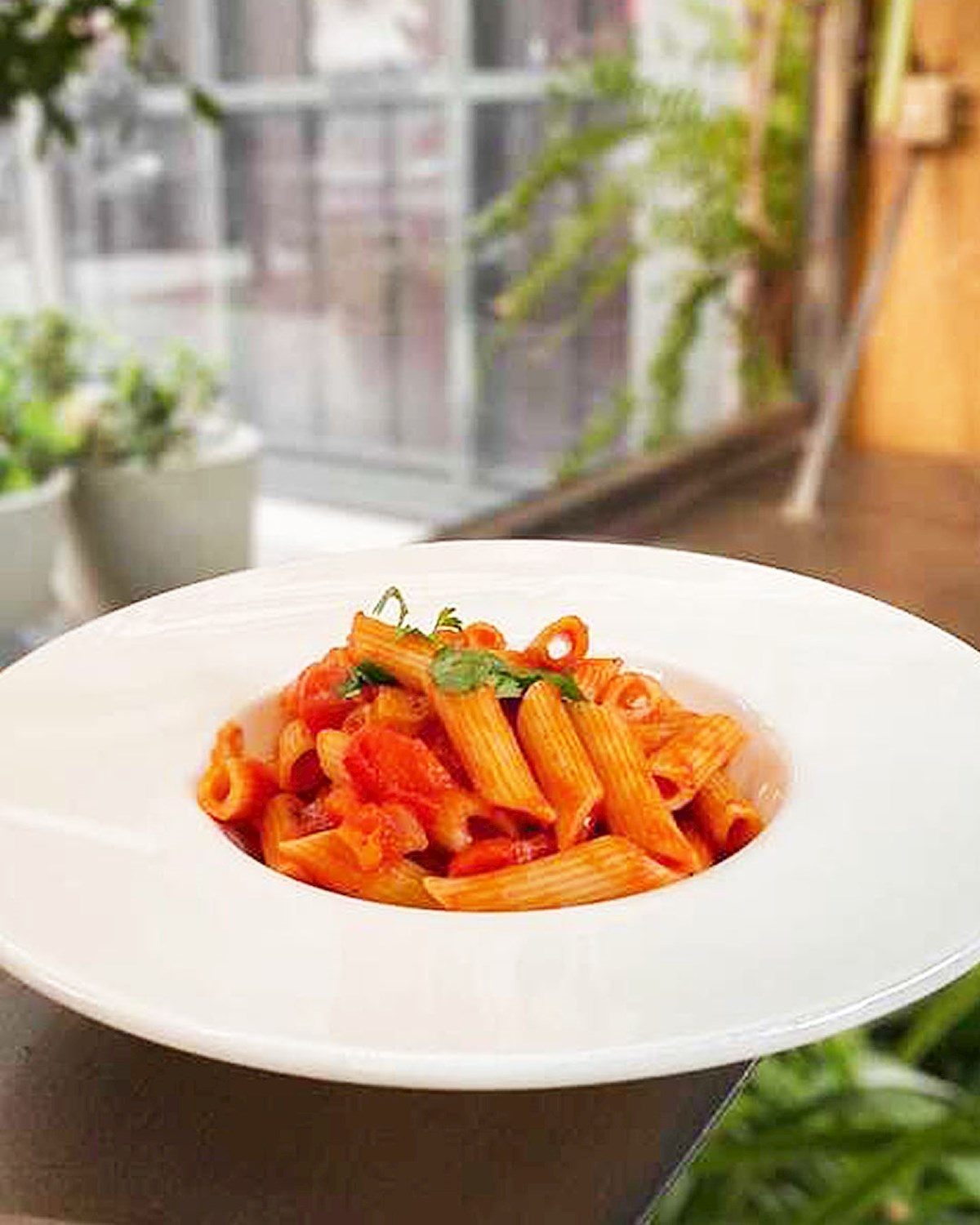 Credits: Francis Bar & Bistrot
Credits: Francis Bar & Bistrot
Spaghetti alla puttanesca is a classic Neapolitan entrée locally known simply as aulive e chiappariell (lit. olives and capers). The famed puttanesca sauce is traditionally made with tomatoes, black olives, capers, and garlic. Spaghetti's smooth texture contrasts nicely with the chunky and textured nature of puttanesca sauce.
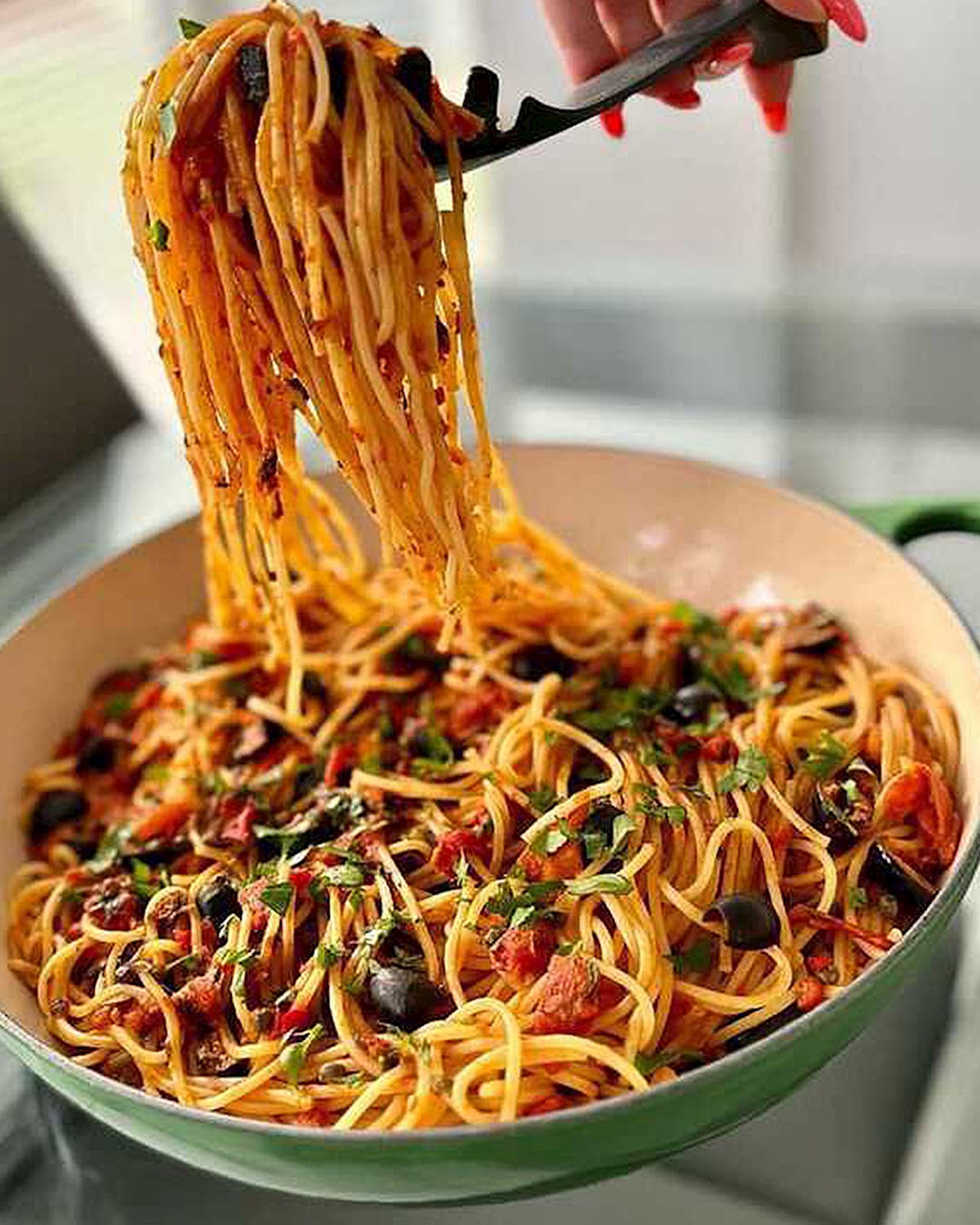 Credits: The Ferry Foodie
Credits: The Ferry Foodie
Meat-Based Pasta Sauces
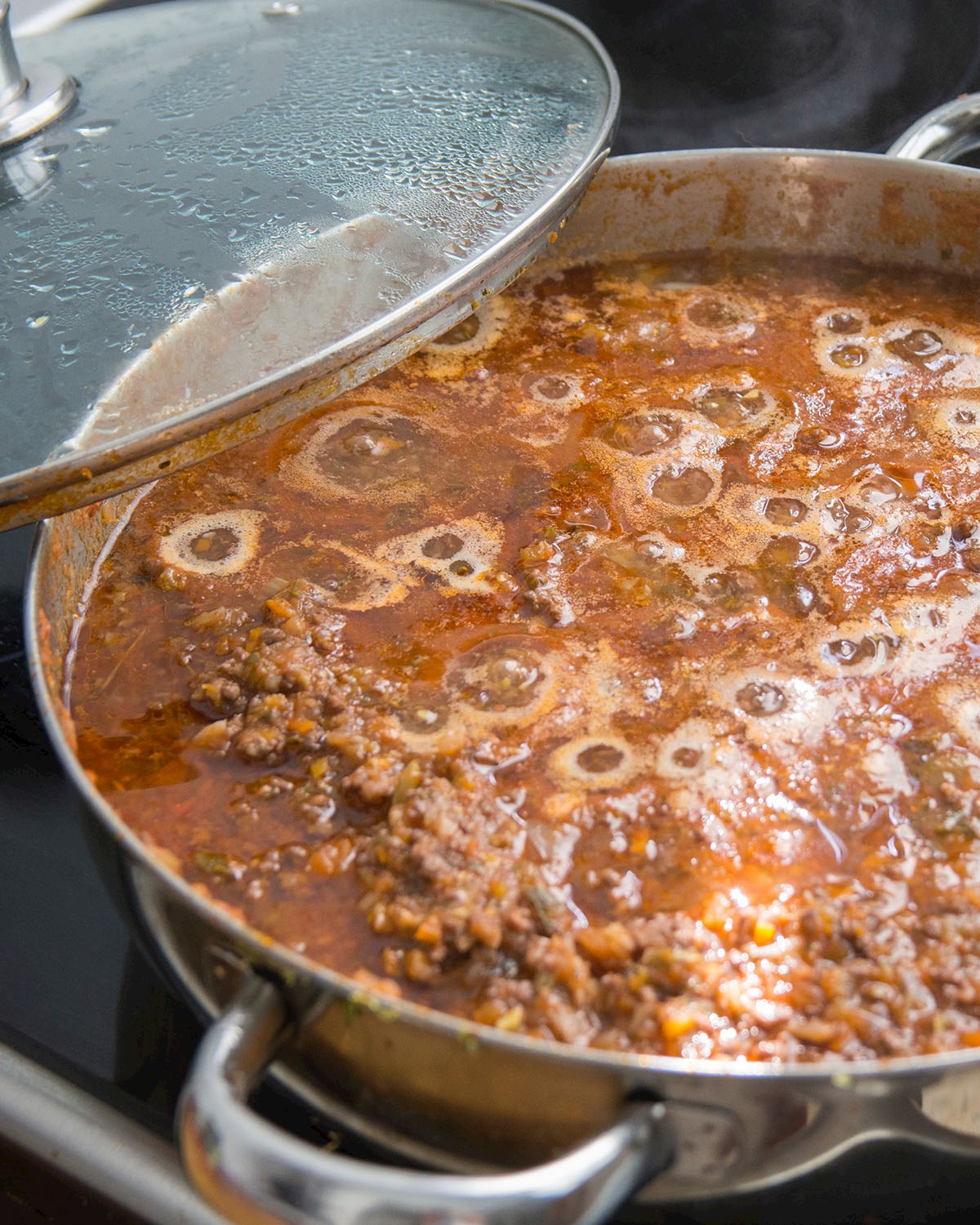 Credits: Shutterstock
Credits: Shutterstock
Meat-based sauces are, by nature, rich and hearty. The depth they provide demands a pasta type that can stand up to its weight, ensuring that the dish is balanced in flavor and texture.
Ideal Pasta Partners: Rigatoni, with its ridges and robust shape, is designed to carry thick sauces. Tagliatelle, being broad and flat, offers ample surface area for the meat sauce to cling to. Then there’s pappardelle and fettucine, with its wide dimensions making it a match made in heaven for meat sauces.
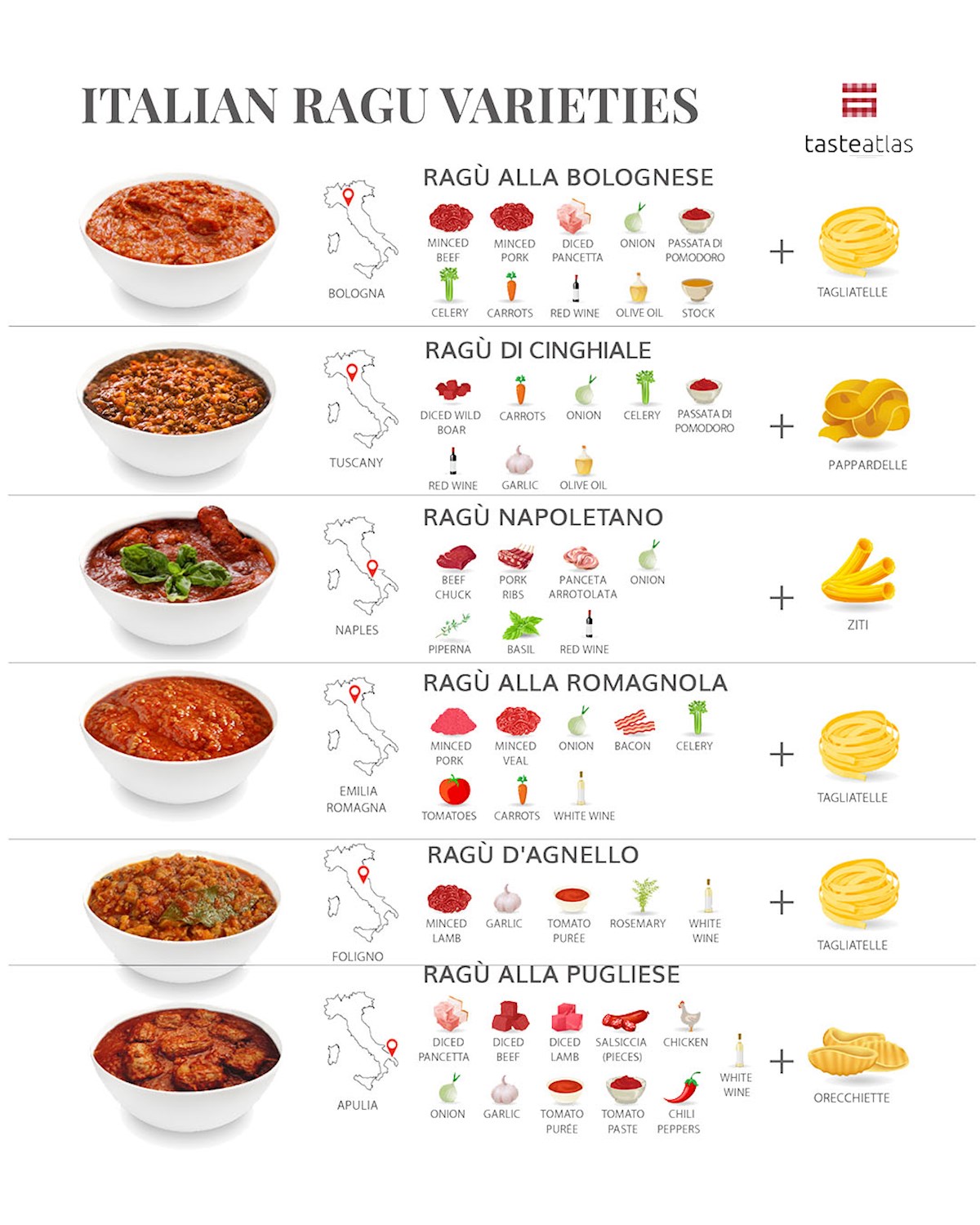 Credits: TasteAtlas
Credits: TasteAtlas
Popular Dishes:
Even though they are often thought to be synonymous, tagliatelle al ragù alla Bolognese, one of Bologna's signature dishes, bears little or no resemblance to the dish known as spaghetti Bolognese in the rest of the world. In fact, the world-famous Italian ragù alla Bolognese meat sauce is never served with spaghetti in Bologna. Instead, when it isn't served over fresh tagliatelle, you will most often find it topping a bed of some other other ribbon-like pasta, such as fettuccine or pappardelle.
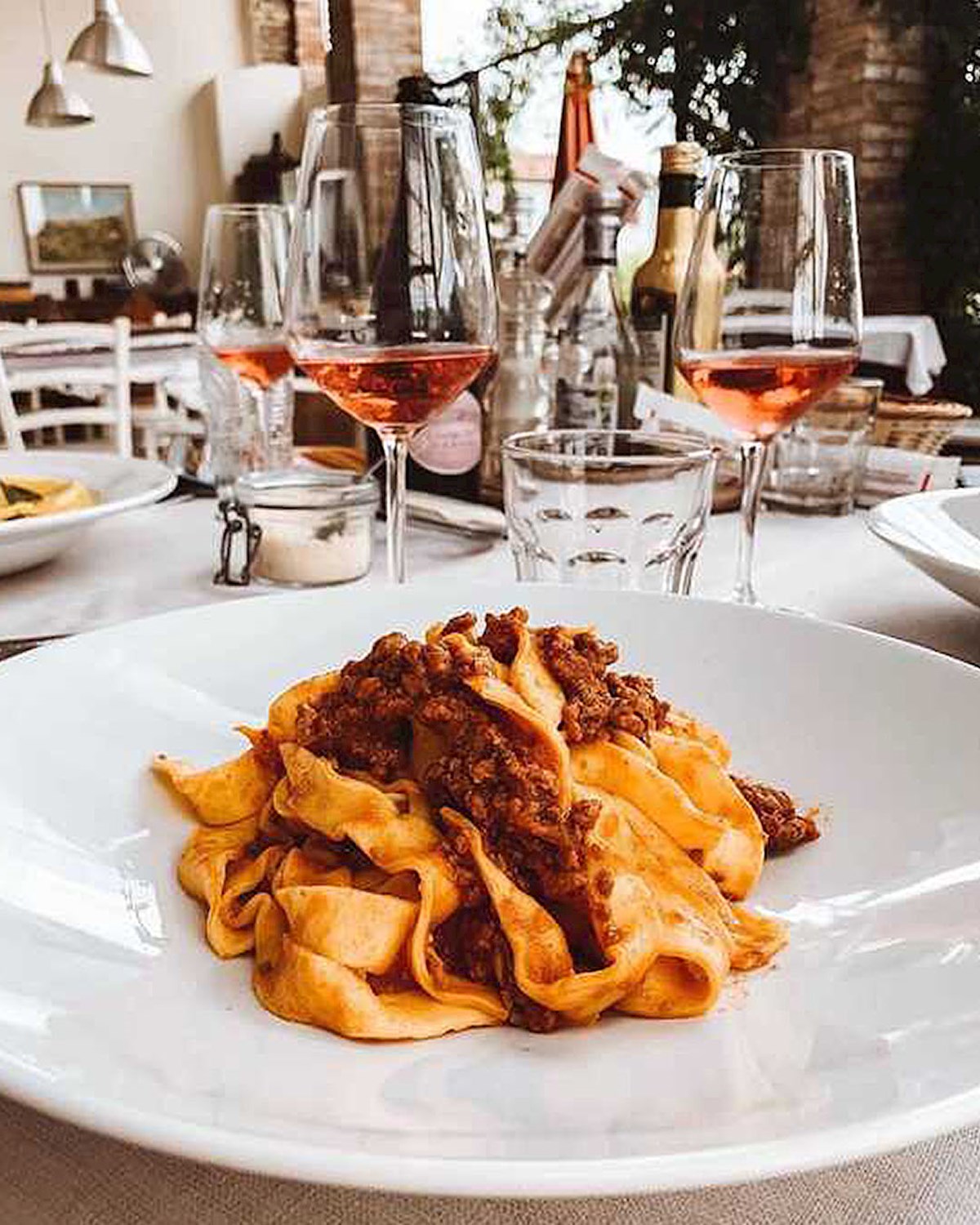 Credits: Svetlana Fomenko
Credits: Svetlana Fomenko
Sugo alla Genovese is a traditional Italian sauce that, despite its name, originates from Naples. The sauce is prepared by sautéeing veal or beef in olive oil with large amounts of onions, carrots, and celery. The sauce is traditionally paired with pasta types such as ziti or rigatoni due to their turdy structure that can stand up to the weight and consistency of the sauce. The ridges on rigatoni are perfect for trapping and holding onto the sauce. These physical attributes ensure that with every bite of pasta, you get a generous helping of the Sugo Genovese.
 Credits: Trattoria Notari
Credits: Trattoria Notari
Ragù alla Pugliese is traditionally made with chicken, beef, pancetta, and pork sausage. The ragù is served with pasta, typically orecchiette that also originate from Puglia. It's a matter of regional pride to pair locally-produced ingredients! Orecchiette, which translates to "little ears," has a unique concave shape, resembling small ear-like bowls. This structure is impeccable for scooping up and holding the rich, meaty chunks of the ragù.
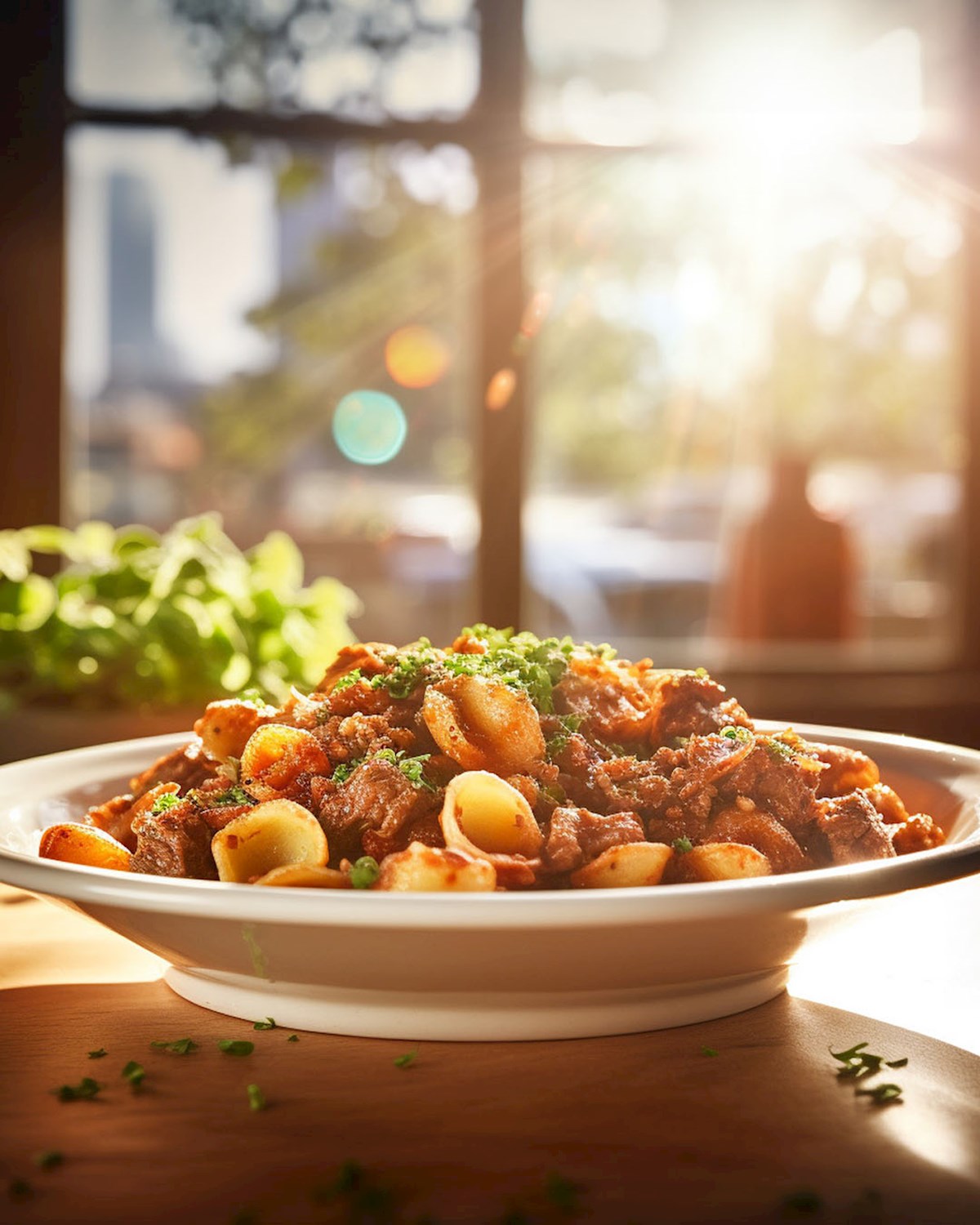
Creamy Sauces
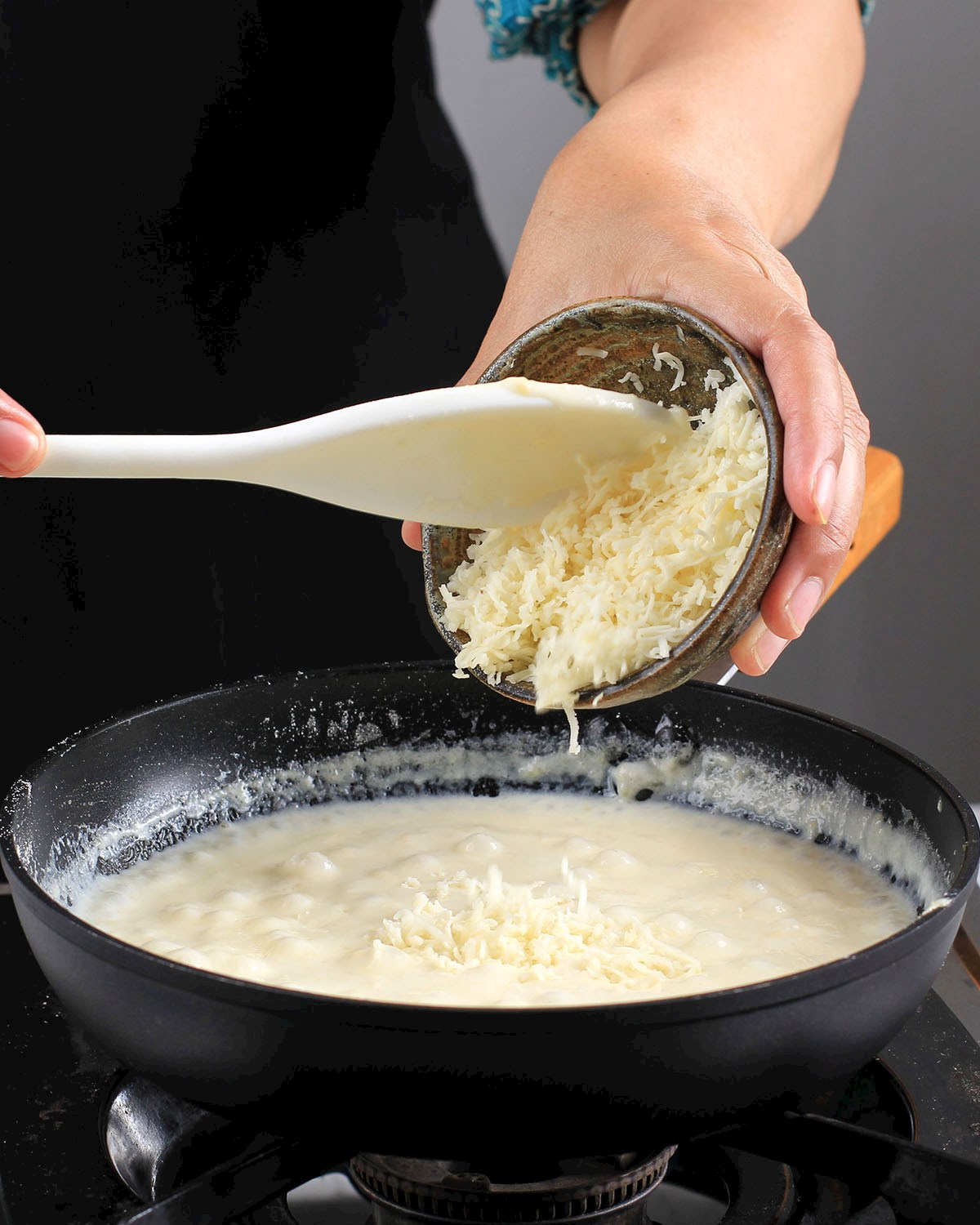 Credits: Shutterstock
Credits: Shutterstock
In the realm of pasta dishes, creamy sauces are synonymous with richness, warmth, and comfort. Pairing them with a pasta that complements this richness ensures that neither the sauce nor the pasta overwhelms the other.
Ideal Pasta Partners: Fettucine, spaghetti, ravioli. Fettuccine, being broad and flat, boasts a significant surface area. This physical characteristic makes it exceptional at holding onto thicker sauces. Spaghetti shines when paired with simplistic sauces. Being long and slender, they benefit from sauces that can cling to it without weighing it down. Ravioli is unique as it encapsulates fillings, ranging from cheeses and meats to vegetables. Given this, the sauce needs to complement rather than compete, which is why simple oil and butter sauces are an ideal match.
Popular Dishes:
The basis of all Roman pasta dishes, cacio e pepe, is a simple primo piatto consisting of only three main ingredients: pasta, Pecorino Romano, and pepper. Spaghetti and rigatoni are traditionally used, but one can also often find either pici pasta, which is basically thick spaghetti, or tonnarelli. In any case, short pasta should be avoided, as well as wide, long pasta, because in the last case, especially, the sauce will be too thick.
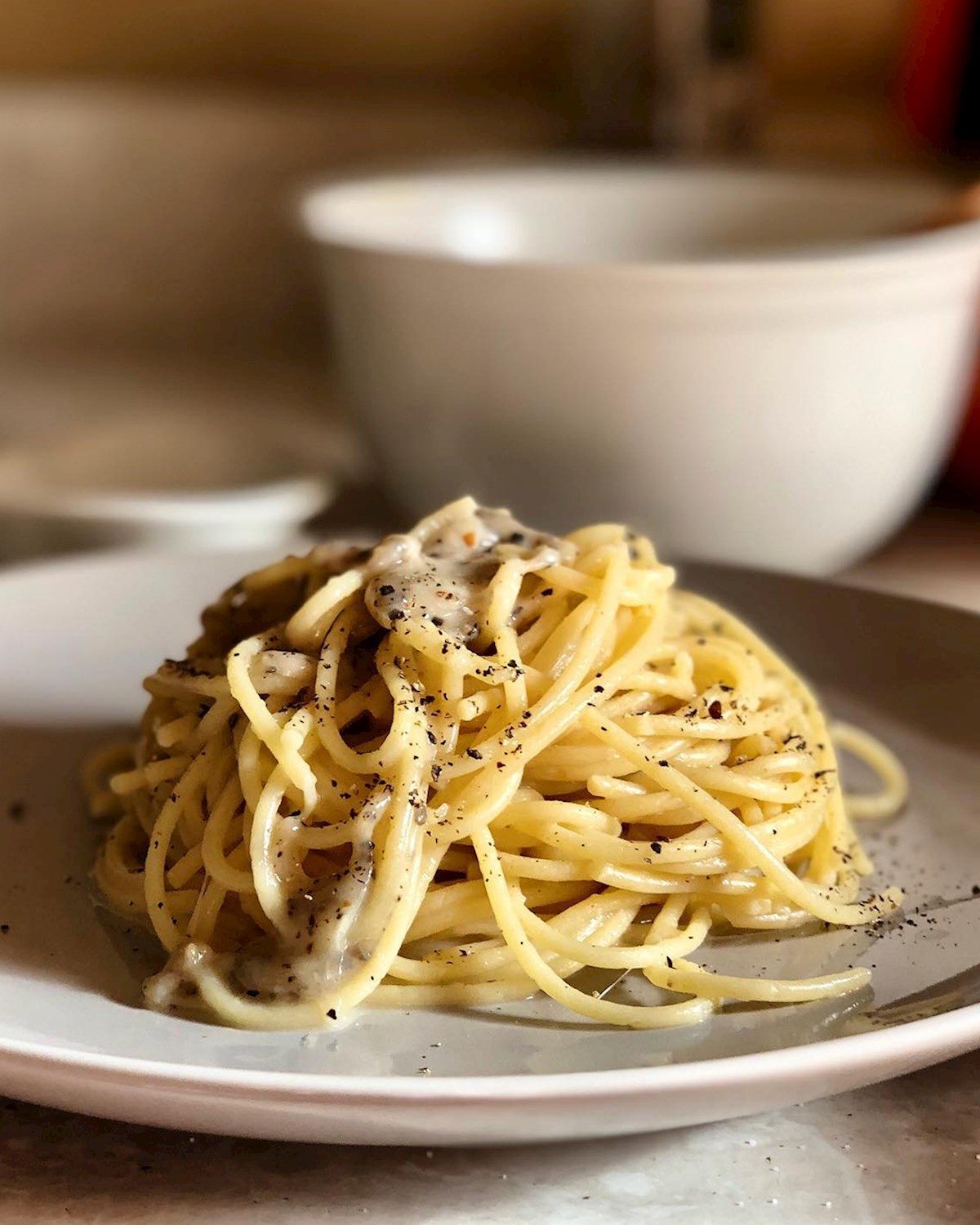 Credits: La Pace del Cervello
Credits: La Pace del Cervello
The carbonara we know today is prepared by simply tossing spaghetti with guanciale (cured pork jowl), egg yolks, and Pecorino Romano cheese. Despite its simplicity, this dish remains one of Rome's favorites, equally popular throughout the country. Spaghetti may be the standard choice of pasta, but other types of pasta like fettuccine, rigatoni, bucatini, macherroni, and penne also work well with the carbonara sauce.
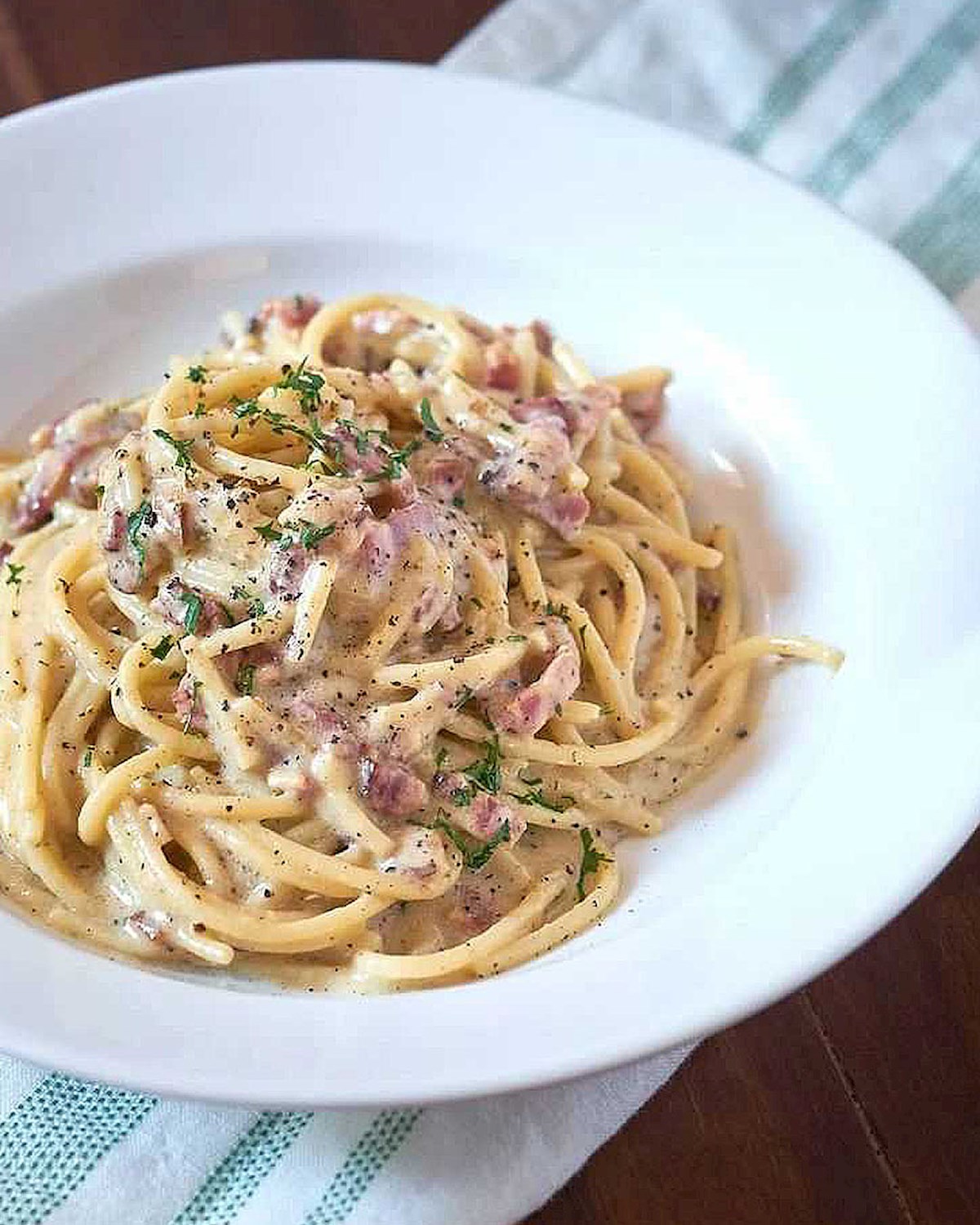 Credits: Anthony @ Eat Up! Kitchen
Credits: Anthony @ Eat Up! Kitchen
Burro e salvia is a popular Italian sauce that is simple and delicate. It is made with butter, sage leaves, and grated Parmigiano-Reggiano. This sauce is typically used with ravioli, gnocchi, and various types of short pasta.
 Credits: Osteria Convivium
Credits: Osteria Convivium
Oil Based Pasta Sauces
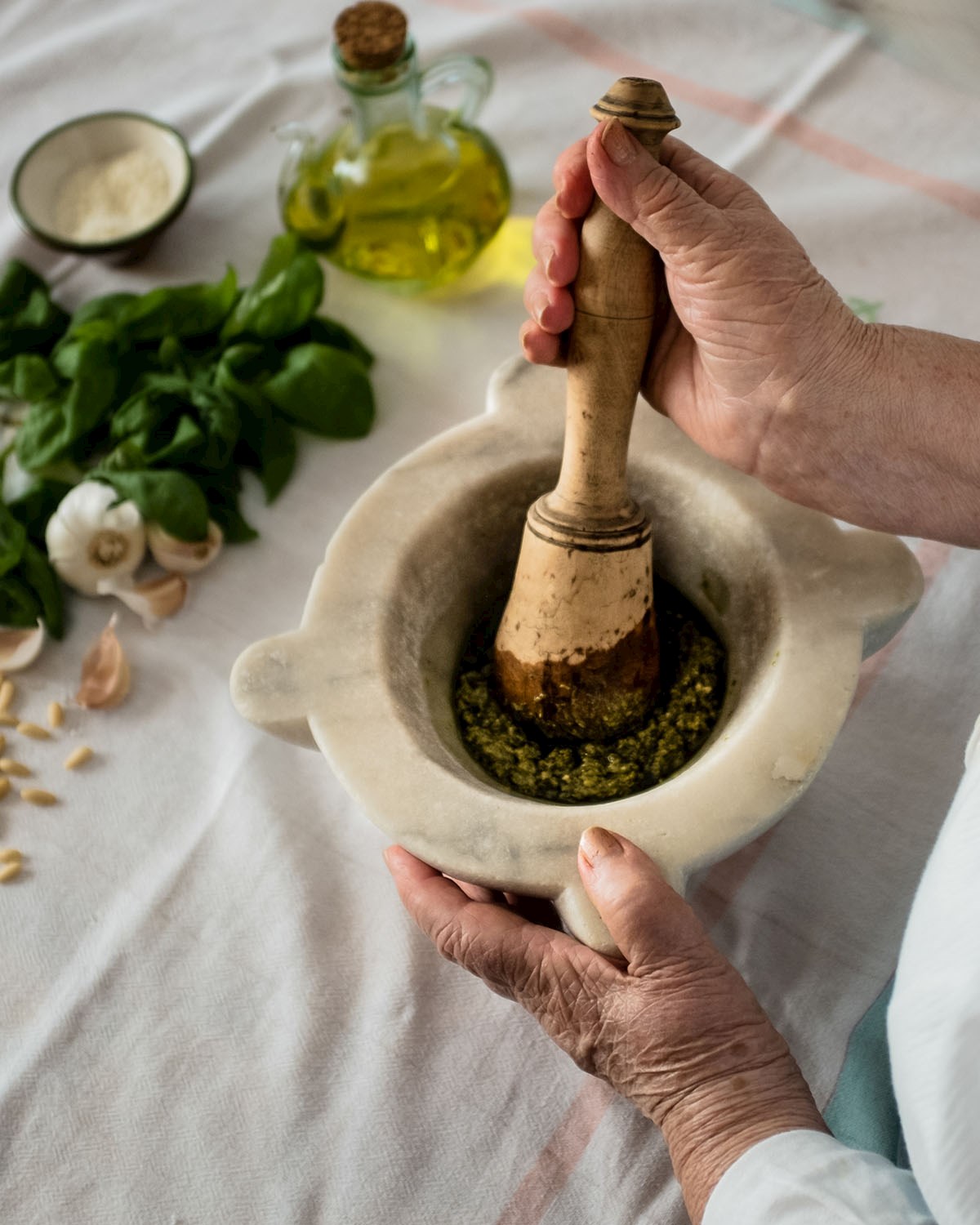 Credits: Shutterstock
Credits: Shutterstock
Oil-based pasta sauces rely on high-quality olive oil as the primary base, often combined with various herbs, spices, and other flavorful ingredients. These sauces are often the embodiment of the "less is more" philosophy in Italian cooking - with their clear and uncluttered profile, oil - based sauces demand pastas that complement their lightness, while effectively absorbing and reflecting the flavors.
Ideal Pasta Partners: Spaghetti, linguine, trenette, angel hair, and other long types of pasta have found their match in the minimalist world of oil-based sauces. Its long, slender shape allows the sauce to coat each strand evenly.
Popular Dishes:
Spaghetti is an essential part of this timeless Italian classic - Spaghetti aglio e olio. The dish is prepared by simply cooking the spaghetti in salted water until al dente and tossing it together with garlic sautéed in lots of olive oil.
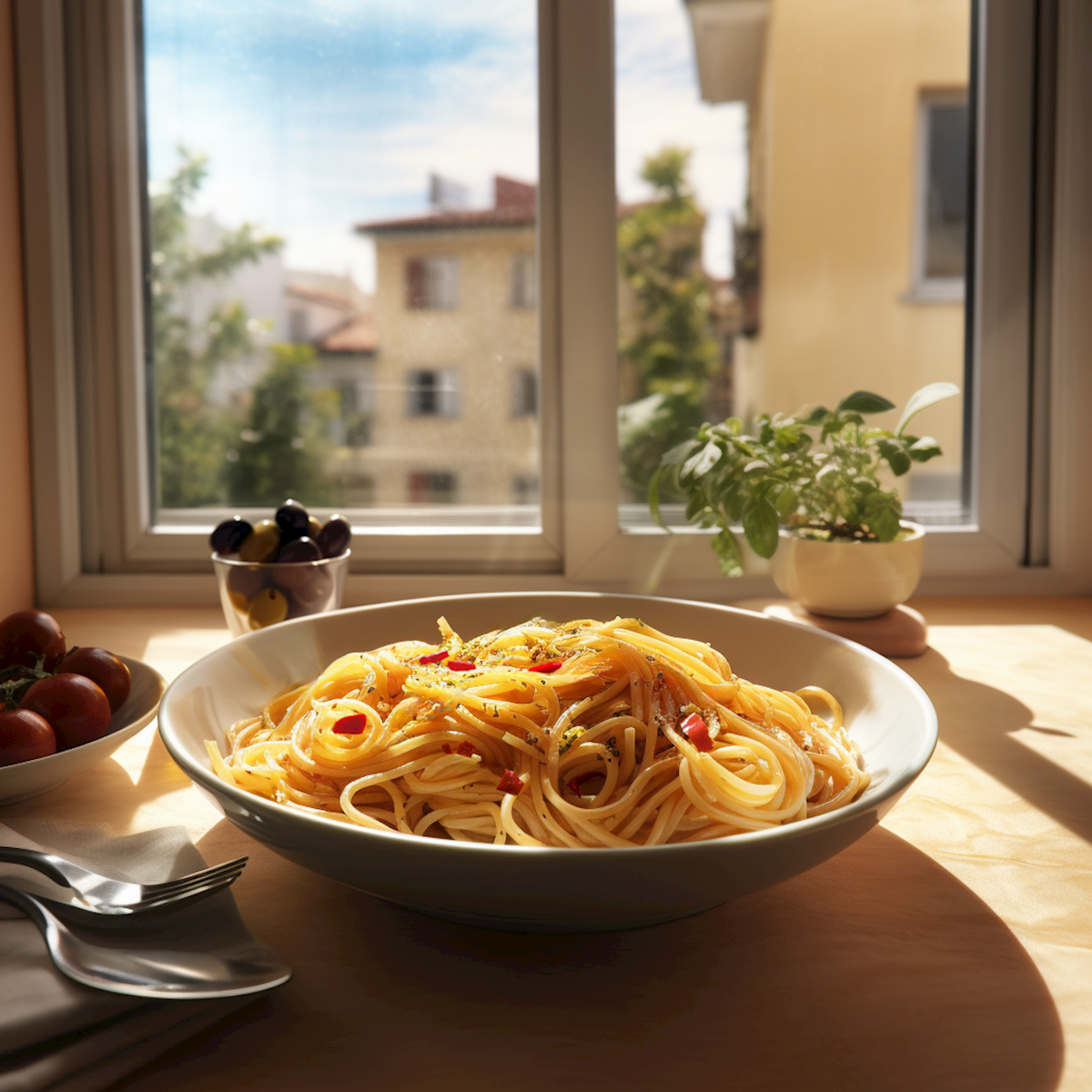
Pesto Genovese consists of basil, garlic, pine nuts, olive oil, and cheeses such as Parmigiano Reggiano or Pecorino. When used with pasta, it is usually served with trenette or bavette, creating the dish known as Trenette al pesto.
 Credits: Pasta Box Orders
Credits: Pasta Box Orders
Spaghetti or Linguine alle Vongole is a traditional Neapolitan pasta dish. The main ingredients are clams, and spaghetti, although linguine or vermicelli pasta can be used instead.
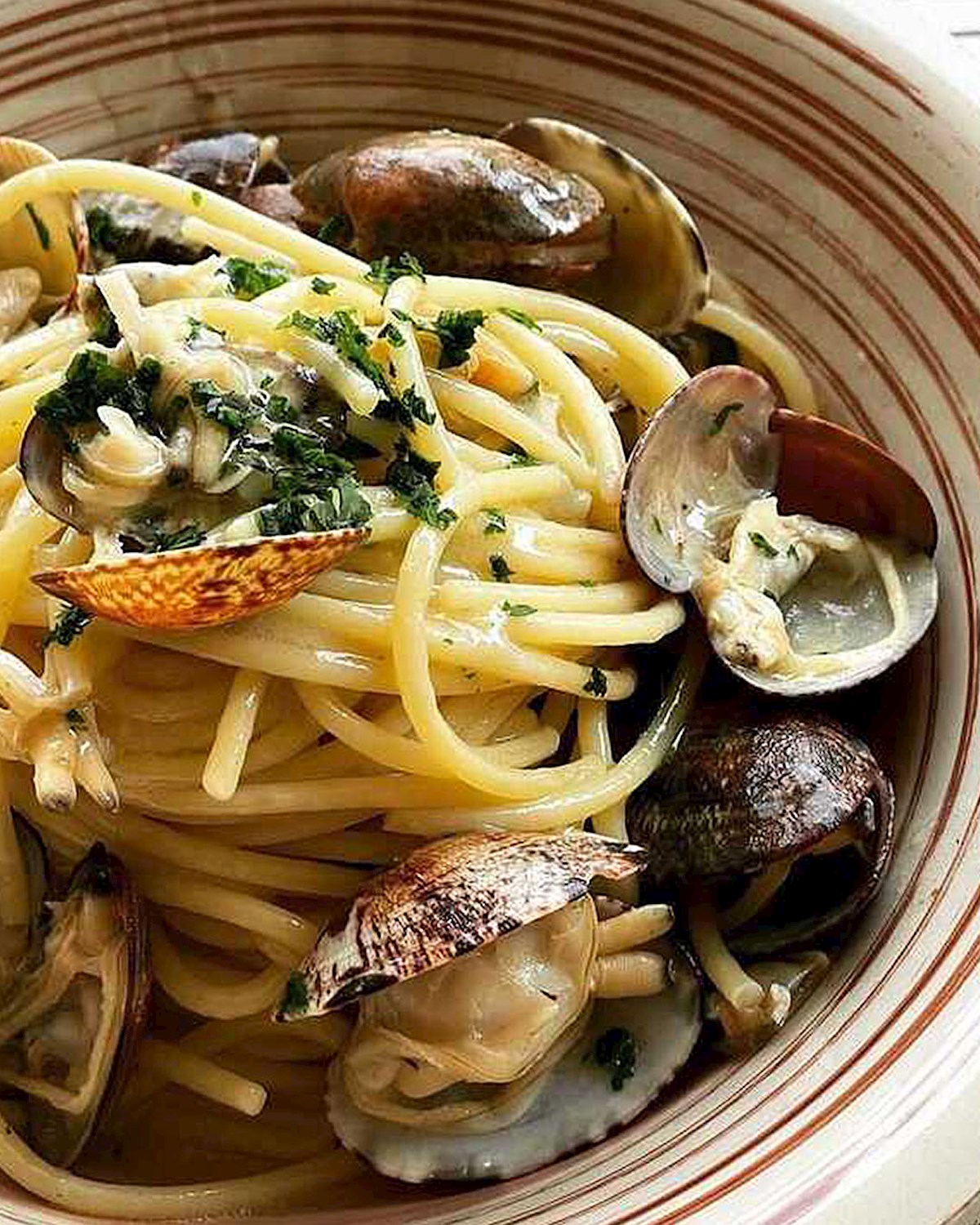 Credits: Gessi In Cucina
Credits: Gessi In Cucina
The world of pasta and sauce is vast and intricate. Recognizing the perfect pair is akin to understanding the rhythm in music or the balance in art. By paying homage to traditions and understanding the intricacies of each element, every pasta dish can be transformed from a simple meal to an experience.
Discover more than 200 pasta dishes and learn more about the perfect pasta and sauce pairings: www.tasteatlas.com/pasta



